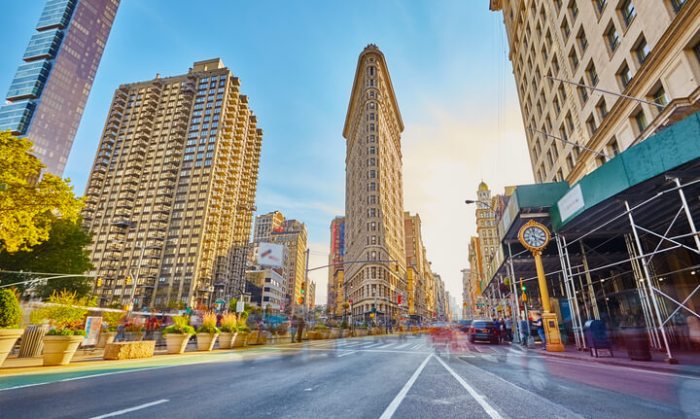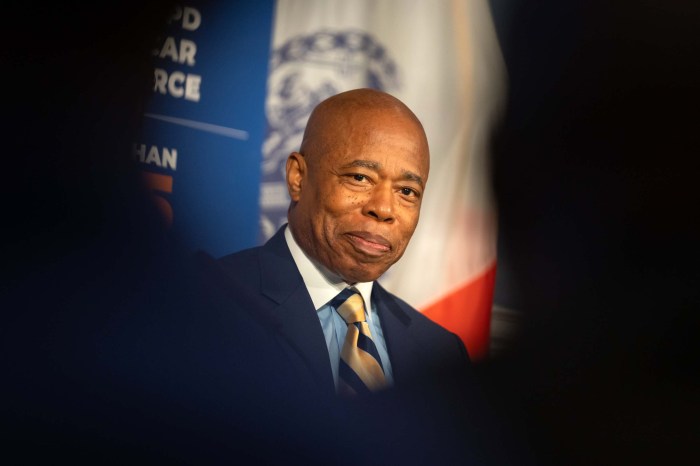New York City was on high alert last weekend with all the buildup, preparations and anxiety over Hurricane Irene. In the end, however, Irene luckily dissipated to a tropical storm, and the city dodged a proverbial bullet.
The major damage seen in our area was the loss of some wonderful, old trees. The soil around their roots became so waterlogged in the deluge that they fell due to the wind, and also because of their own weight and the weight of the water on their leaves. Fortunately, no one was injured by these falling behemoths, which smashed park benches and a bus shelter and, in the case of some street trees that also fell, damaged a few cars.
Indeed, points north like the Catskills Upstate and Vermont are now dealing with far more serious issues of disastrous flooding and mud slides. Only one person in New York City died due to Irene, a boater in Brooklyn who went out to check on his vessel during the storm’s height.
As soon as Irene had finally passed the city on Sunday morning and the skies had cleared, the second-guessing of how Mayor Bloomberg had handled the situation began. Had he overreacted? Even before Irene hit town, some in the media were questioning whether the mayor’s putting the city on a disaster footing was at least partly to make up for the December blizzard when the city was caught off guard.
However, a hurricane is a cause for far greater concern than a snowstorm. Hurricanes are often deadly and cause major damage. Snowstorms mostly are an inconvenience.
Did the mayor overcompensate as a result of the December snafu? Maybe. But what if the hurricane hadn’t veered east at the last minute and had maintained its strength? All the meteorologists had Irene zeroing in on New York City.
The fact is that parts of Lower Manhattan are quite low lying, only mere feet above sea level. Many places around the planet may be threatened by rising sea levels — and we’re one of them.
Much of Lower Manhattan was actually marshland back in the pre-colonial era. Parts of the East Village and Lower East Side, in particular, sit on terrain that was once very swampy, and Battery Park City, of course, was built on landfill. Soho’s Grand St. area — which did experience flooding over the weekend, as usual, due to its outdated, narrow sewers — was once known as Lispenard Swamp.
Irene’s storm swell did top the East River seawall in some spots, and submerged parts of Hudson River Park.
Over all, then, it was prudent of the mayor to call for the evacuation of the designated Zone A, and to order elevators turned off in the East Village and Lower East Side housing projects in this at-risk zone.
Shutting down mass transit, likewise, was the safe move. If a disaster situation were to occur, having people stuck inside elevators, subways and buses would just add to the chaos and danger.
Above all, it was reassuring to see how New Yorkers pulled together in the face of this potential calamity. Our local politicians worked diligently, going around and knocking on doors in Zone A, making sure people knew the evacuation order had been issued, and that vulnerable seniors and the disabled were evacuated, in case of a worst-case scenario. Residents who chose not to evacuate got prepared with supplies to ride out the storm.
Thanks are also due to the police and firefighters who were out patrolling the streets, monitoring the storm conditions and looking out for people’s safety.
As during 9/11 and the blackout of August 2003, New Yorkers once again showed their true colors.




































